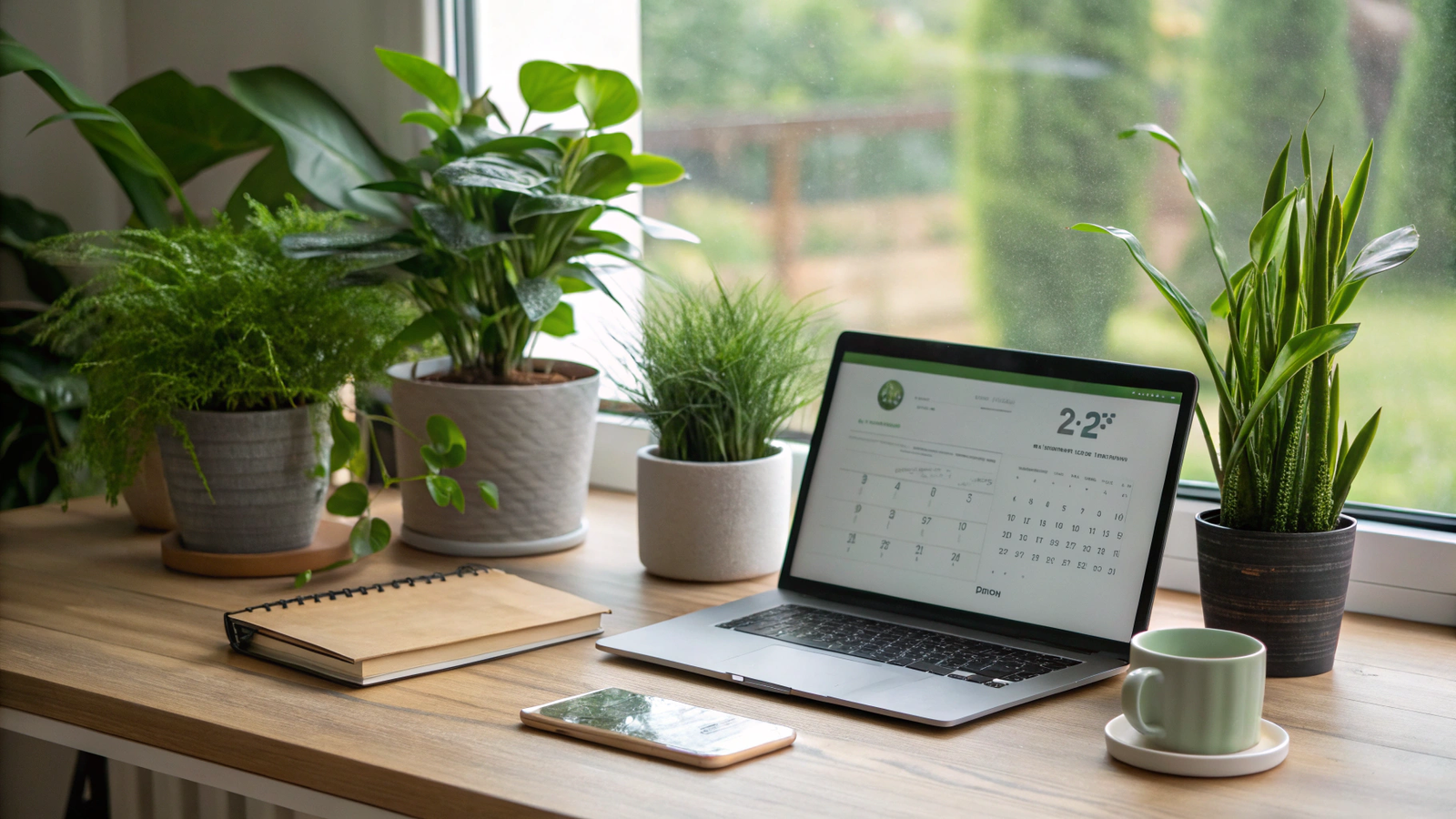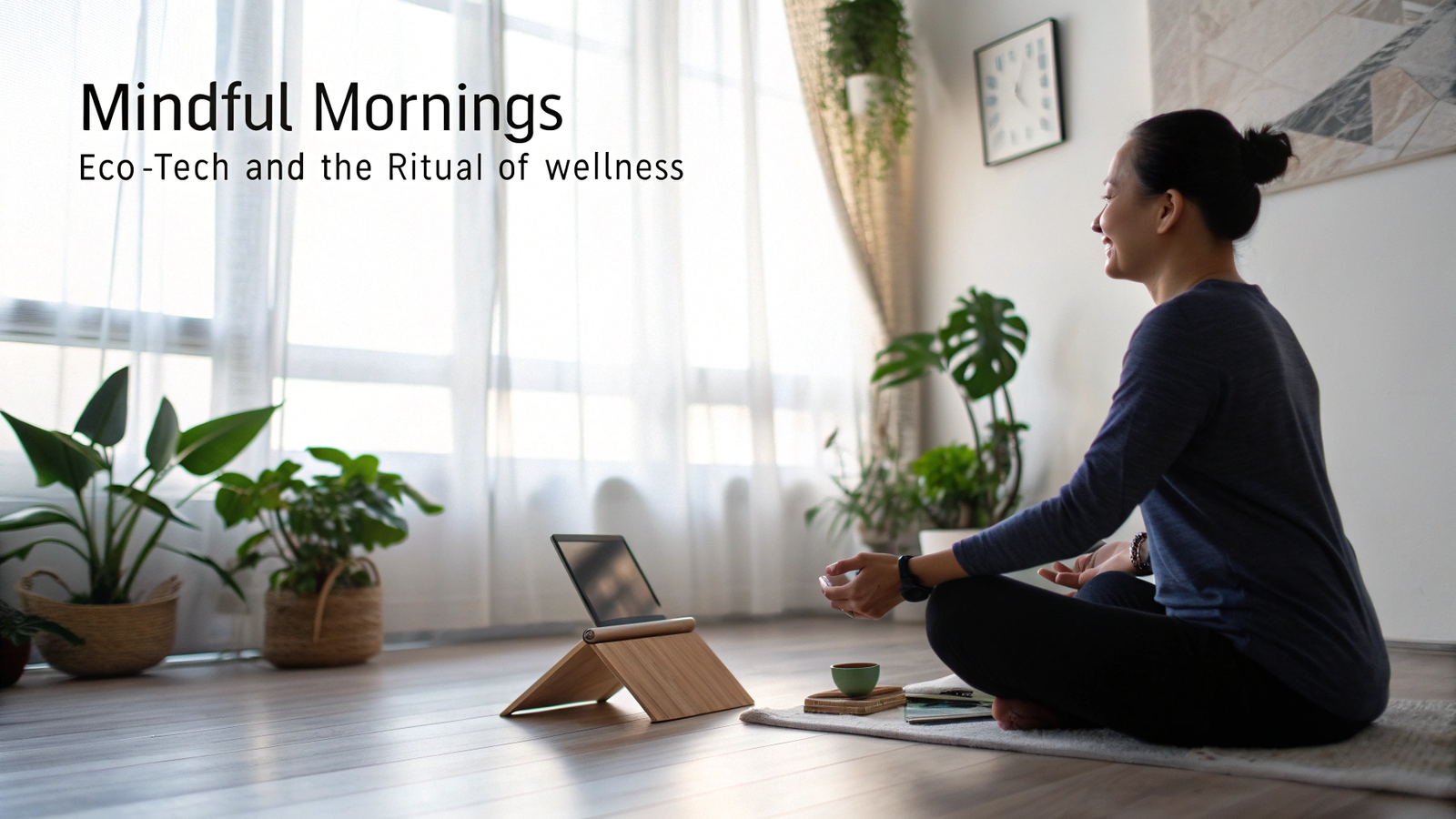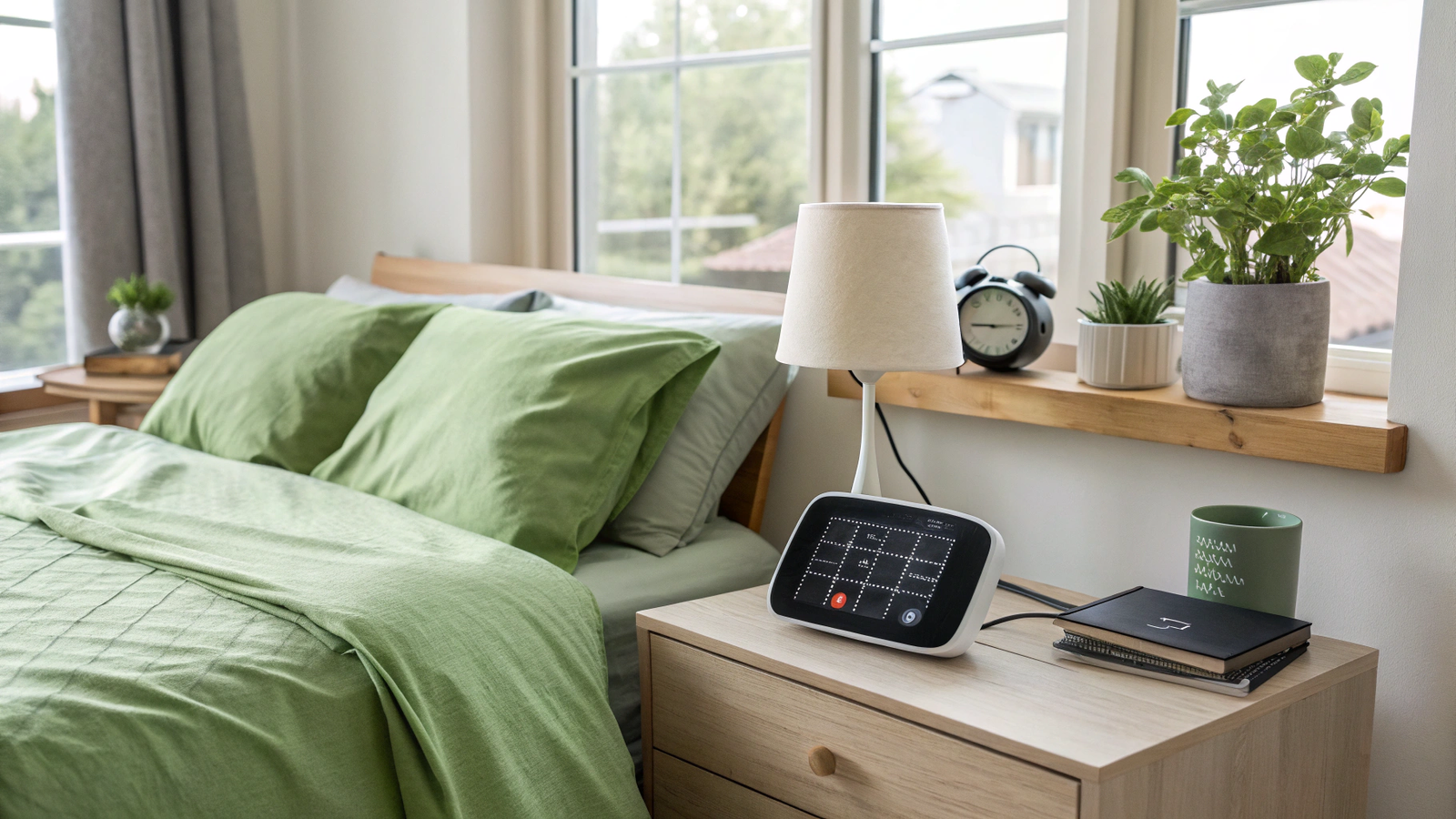
Green Mornings: Waking Up with Smart, Sustainable Gadgets
Introductionhttps://cultrdinal.com/green-mornings-waking-up-with-smart-sustainable-gadgets/
Imagine greeting each sunrise with gadgets that energize your day while caring for the planet. “Green mornings” mean weaving sustainable, smart tech into daily rituals—from gently waking you up to brewing breakfast, optimizing energy, and reducing waste. These innovations do more than simplify our routines—they shrink our carbon footprint, reduce e-waste, and enhance well-being.
This article explores how eco-conscious gadgets are revolutionizing morning routines at every step: from wake-up calls to first coffee, making mindful impact part of our most everyday habits.
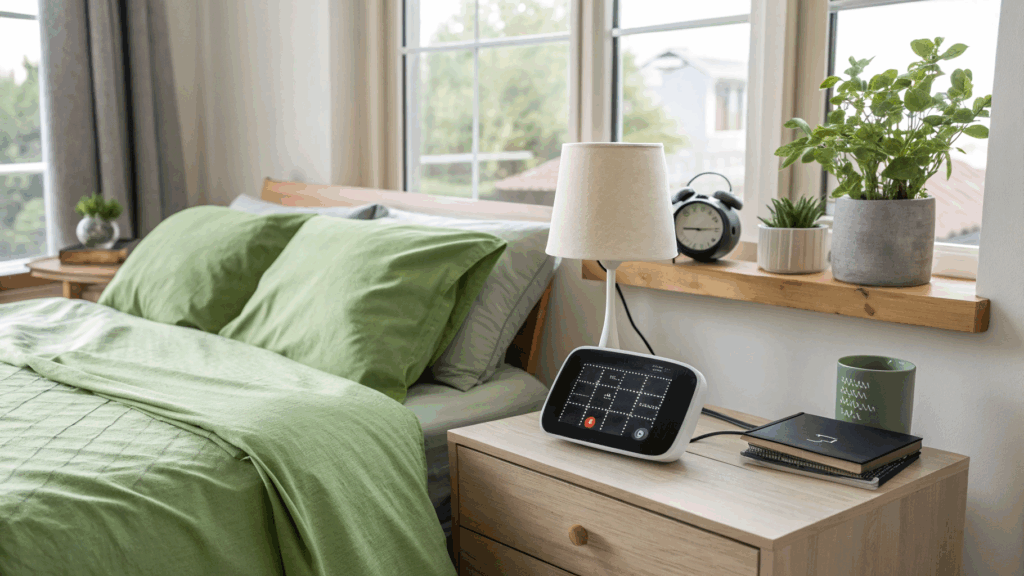
1. Rise Naturally: Eco Wake-Up Technology
Smart Wake-Up Lights & Blinds
Traditional alarms can be jarring. Instead, sunrise-simulating smart lights (like Philips Hue Twilight lamps or motorized smart blinds) gently brighten over time, mimicking dawn and enhancing sleep cycles. TechRadar cites these as key tools for easing into mornings more naturally and sustainably TechRadar.
Ambient Multi-Sensory Cues
The effectiveness of multi-sensory wake-ups is supported by user experiences shared on Reddit. One user described a morning regimen combining sunrise alarms, smart lights, temperature-controlled bedding, and wearable trackers as transformative—stimulating multiple senses to ease wakefulness naturally Reddit.
Solar-Powered Alarm Options
Emerging solar panels, like Exeger’s Powerfoyle tech (used in self-charging headphones and sensors), show promise for battery-free gadgets. While solar alarms are niche, self-charging devices are paving the way for energy-sustainable wake-up tools in the future TechRadar.
2. Morning Prep: Sustainable Kitchen & Beverage Gadgets
Solar-Powered Coffee Makers
Eco-friendly breakfast begins with gadgets like solar coffee makers, such as the Girasol, which brew using focused sunlight—no grid electricity required Kolo+1TechRadar+1.
Biodegradable Filters & Composting
Devices like Frescopod coffee makers use compostable pods to minimize kitchen waste. Appliances like the Lomi or FoodCycler digest organic waste into compost, turning morning food prep into eco-action on the countertop Homes and GardensGadget Flow.
Smart Temperature Control
Smart kettles and water heaters with energy-saving presets provide hot water only when needed—conserving electricity and water during morning routines.
3. Smart Energy at Play: Sustainable Home Automation
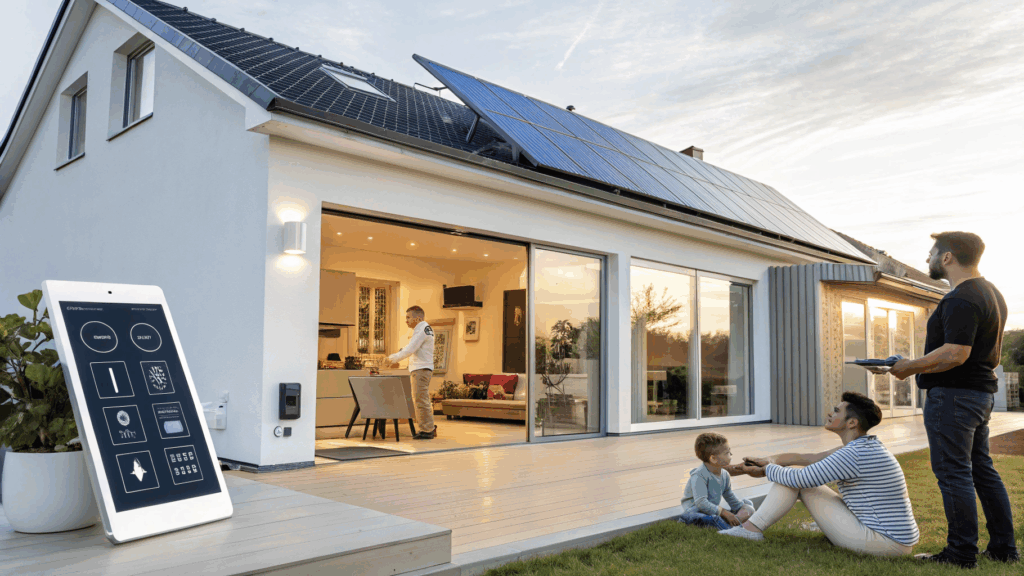
Learning Thermostats & Energy Monitoring
Smart thermostats such as Nest or Ecobee learn household patterns and optimize heating/cooling—reducing energy use by up to 20% and improving comfort TechRadarMedium. Combined with smart plugs and energy monitors, users gain insights into idle loads and phantom power, helping reduce wasted electricity arXiv.
AI Home Automation
AI-powered systems (e.g. smart lighting, ambient sensors, voice assistants) can anticipate morning behaviors—adjusting lights, blinds, HVAC, and music based on routines, without manual commands, offering seamless eco-luxury Homes and Gardens.
Smart Displays & Routines
Devices like Amazon Echo Show or Google Pixel Tablet provide a centralized morning dashboard—for news, calendar, weather, and home controls—ensuring efficient mornings with less screen time and energy waste TechRadar.
4. On-the-Go & Personal Wearables
Solar & Kinetic Charging Wearables
Eco-conscious wearables, like Garmin Instinct Solar, feature solar-assist charging to minimize USB recharges. Others harness kinetic motion (walking or movement) to self-power devices like smartwatches or fitness bands Medium.
Eco Accessories
Morning essentials like biodegradable phone cases (Pela, Nimble), bamboo or recycled-wood accessories, and eco-friendly earbuds support sustainability without compromising style or function Medium.
Eco Tracking Apps
Apps like Green Battery or GoodGuide auto-manage power and provide environmental impact feedback—helping users minimize gadget use and understand carbon footprint habits Reddit.
5. Smart Lighting and Environment Optimization
Daylight-Adaptive Lighting
Smart LED bulb systems (e.g. Philips Hue) automatically adjust brightness and color temperature throughout the morning to align with natural light cycles—boosting alertness while using up to 80% less energy than incandescent bulbs Gadget Flowthehansindia.com.
Air Quality and Biophilic Tech
Home sensors integrated with smart ventilation and natural filters enhance indoor air quality. Innovative products like Vitesy’s phytoremediation-based air purifiers use plant roots and soil to clean air organically Reddit+15ft.com+15vocal.media+15.
6. Waste Reduction & Circular Design
Composting and Upcycling
Morning prepping often produces scraps. Indoor composters like Lomi or KALEA turn leftovers into compost rapidly—cutting kitchen waste drastically and normalizing sustainable disposal habits Homes and GardensGadget Flow.
Second-Life Tech
Repurposing old smartphones or tablets for morning routines—as smart clocks, kitchen displays, or IoT interfaces—avoids e-waste and maximizes device lifespan.
7. Behavioral and Planetary Benefits
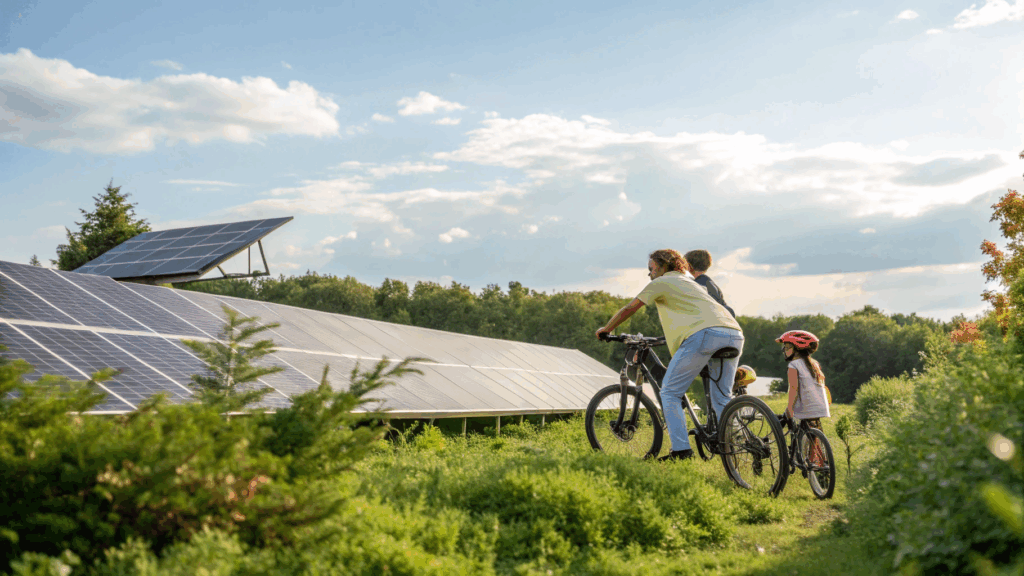
Energy Savings
Smart thermostats, solar chargers, and automated lighting reduce daily energy use, translating to lower carbon emissions and utility costs—and when multiplied by millions of homes, the environmental impact grows substantially.
Mindful Mornings
Data feedback from energy monitors, compost metrics, or solar harvesting instills mindfulness. Users become more aware of their impact and more likely to adopt habits that align with sustainability goals.
Comfort Meets Sustainability
Green gadgets aim to be effortless—automated wake-ups, ambient optimization, intuitive control—reducing friction in sustainable routines without sacrificing convenience or wellness.
8. Emerging Innovations & Future Outlook
E-Waste–Zero Gadgets
Innovations like biodegradable sensors, disposable wearables made from organic materials, or energy-harvesting charging gear point toward a future where waste becomes obsolete vocal.medianowee.org.
Environmental AI
Tomorrow’s systems may seamlessly adjust routines based on weather, grid demand, or personal schedules—with AI orchestrating lighting, heating, water usage, and energy harvesting for peak efficiency Homes and GardensarXiv.
Public Solar Infrastructure
Public installations like Strawberry Tree solar chargers show that solar charging isn’t limited to private devices—it can be shared and scaled in urban spaces for sustainable morning connectivity en.wikipedia.org.
9. Challenges & Adoption Considerations
Cost & Accessibility
Eco-smart devices often carry upfront costs. Wider adoption and pricing equity will rely on scale economies, subsidies, or corporate responsibility commitments.
Infrastructure & Recycling Gaps
Availability of recycling or compost infrastructure can limit the impact—particularly in regions without support systems for sustainable waste processing.
Behavior Change Requires Support
Even with green gadgets available, habit change is essential. Combining education with gamified apps (like JouleBug, Oroeco), community incentives, or visible metrics helps embed sustainable behaviors Redditnowee.org.
Conclusion
“Green mornings” isn’t about sacrifice—it’s about transforming daily rituals with eco-conscious tech that enhances routine comfort while reducing environmental impact. From smart wake-ups and solar-charged accessories to AI-led home automation and composters, the future of morning routines is smarter, greener, and kinder to the planet.
By choosing sustainable gadgets and building eco-habits into each sunrise, we not only start the day brighter—but contribute meaningfully to a cleaner, greener future.
